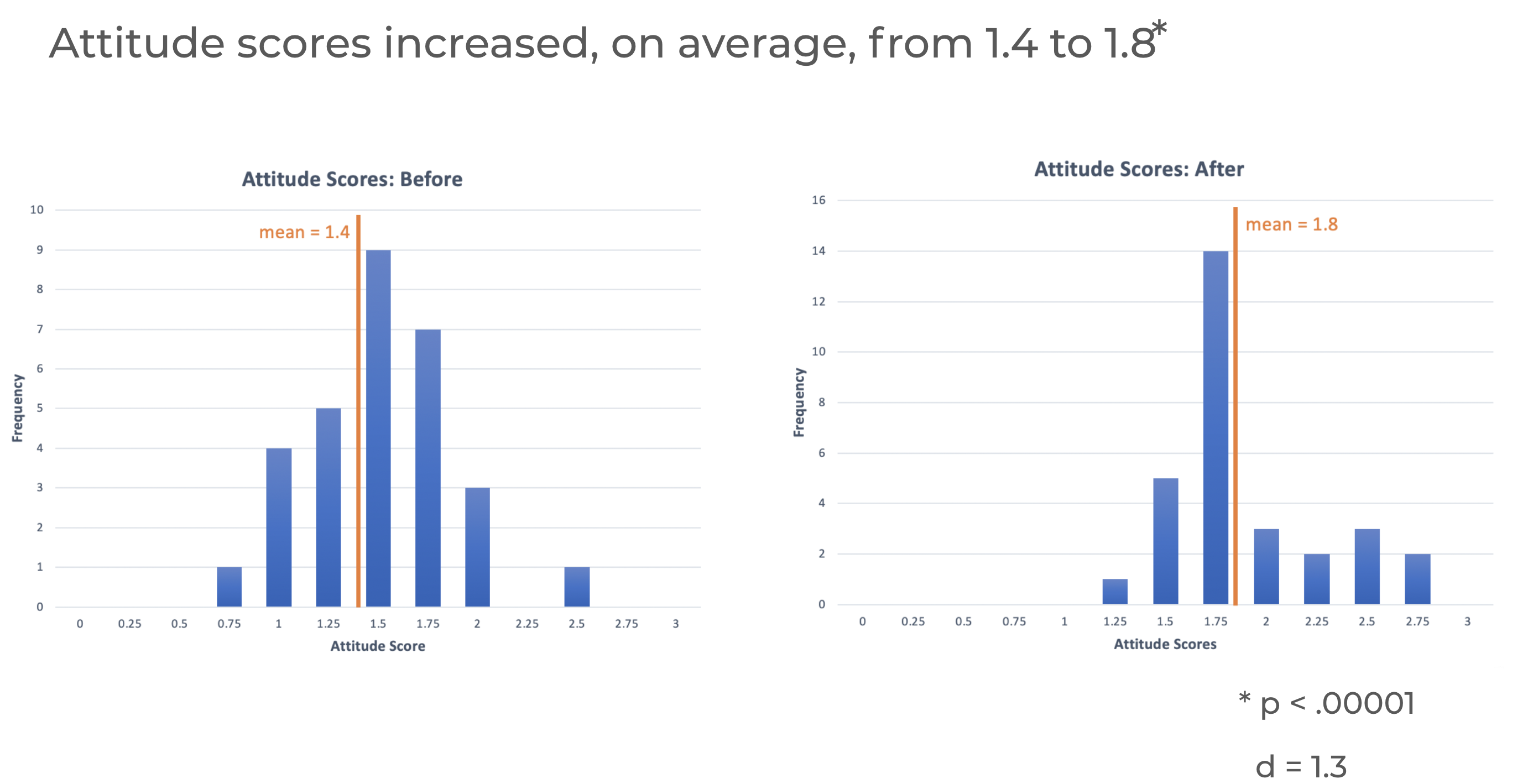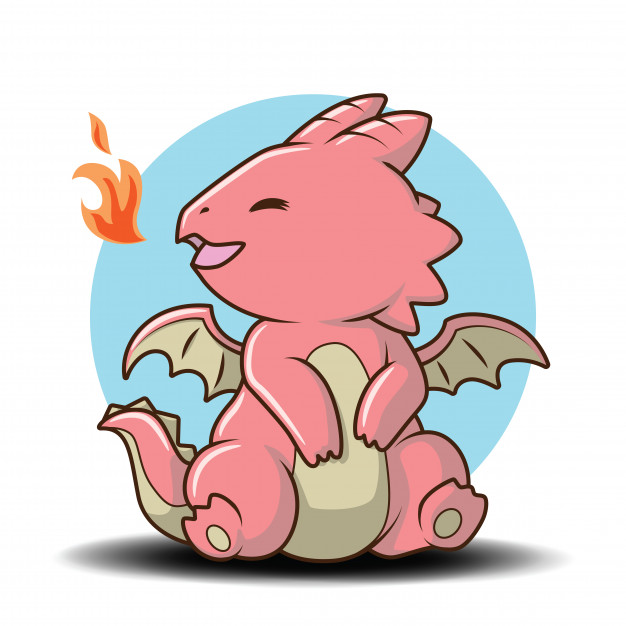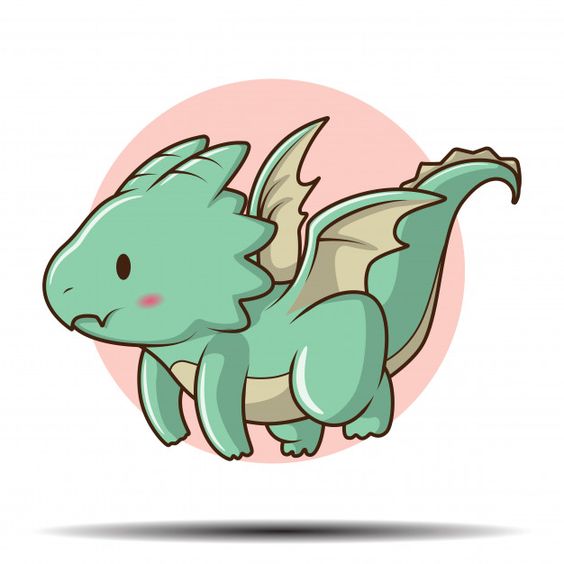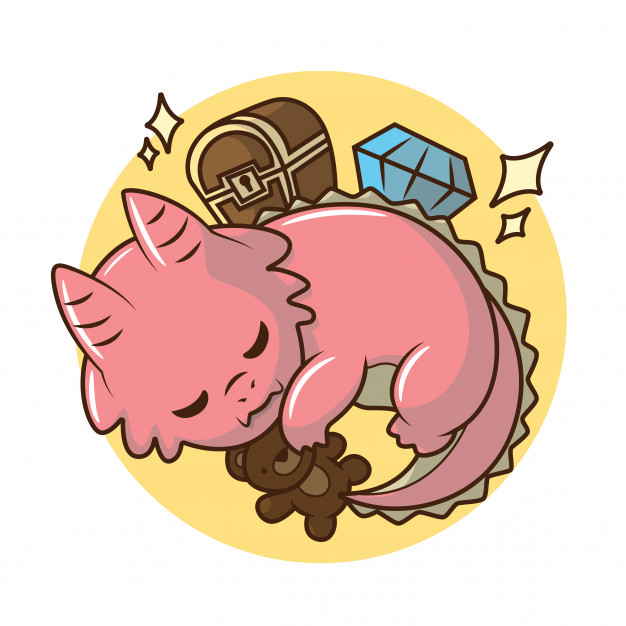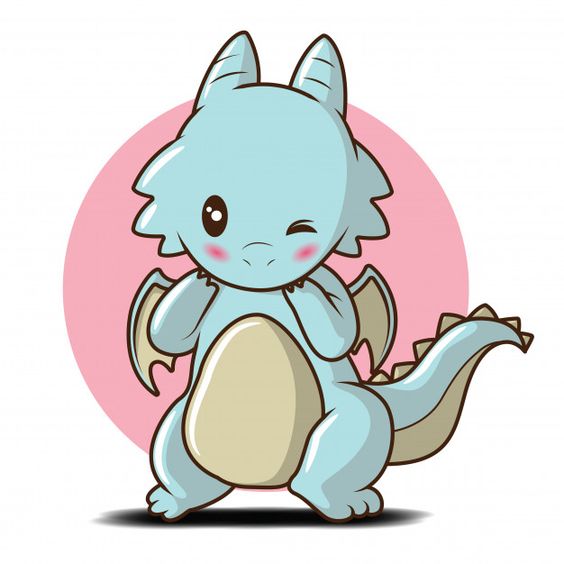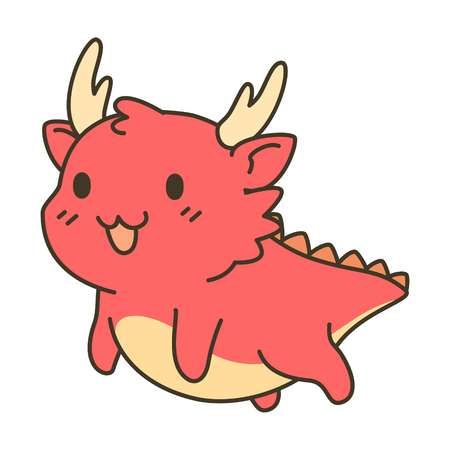Project Overview
Dragon Architect is an educational game, written in HTML, CSS, and JavaScript, created at the University of Washington. It was used to investigate key open problems in the design of games that teach computational thinking skills (strategies that are used in computer science). To teach these concepts, Dragon Architect uses block based programming which allows students to drag and drop blocks to create a program to move a dragon around a virtual world and build things.
Games like Dragon Architect can actually increase representation in computer science. Research has shown that many students, especially non-male identifying, lack confidence that they have the ability to learn computer science, which can prevent them from ever trying. By playing educational games, students are able to build confidence in their own skills(Hoegh & Moskal, 2009). Playing a game can also change a student’s perspective on the field of computer science in general. For example, computer science is perceived as a field more appropriate for men, discouraging non-male identifying students from participating, but a game that is specifically created to appeal to all genders can help change that misconception. Finally, a game like Dragon Architect can increase overall interest in computer science. One hope for a game like Dragon Architect is to provide students an opportunity to discover their interest in computer science.
The original game was created for middle school students. Our project was to redesign the game for college students, specifically students who have never learned computer science or who are just starting out.
We transformed the front end into a modern and engaging user experience. We also added a Python display, representing the block code, to better connect Dragon Architect with the Carleton Intro Computer Science course. The original game taught students about loops and functions; our final major addition to the game was adding four new levels to teach variables.



